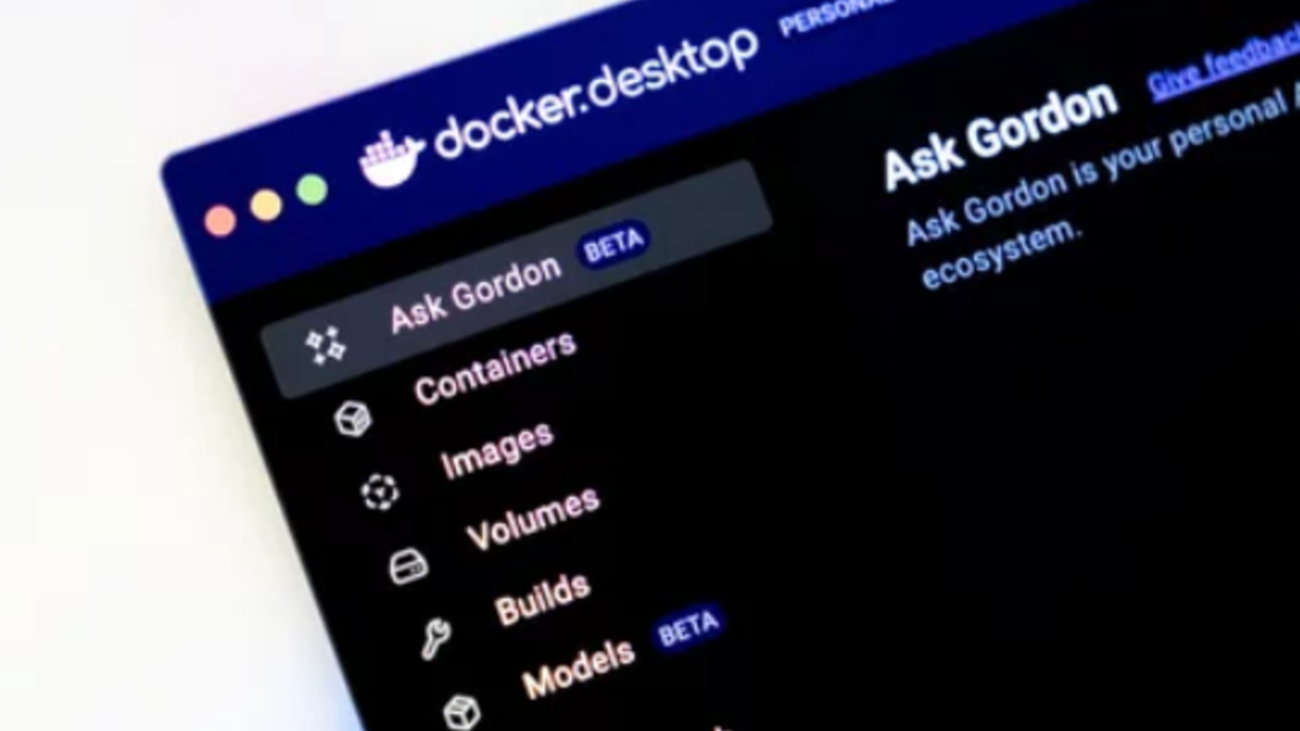Introduction.
In the world of software development, the word “free” often feels like a gift a no-brainer choice that saves time and money.
DockerHub, as the most popular container image registry, has long been that gift for millions of developers and organizations.
Its free tier offers quick access to a vast repository of container images and promises seamless integration into any workflow. But as more teams rely on DockerHub, the cracks beneath the surface start to show.
Rate limits quietly throttle your CI/CD pipelines, causing unexpected build failures and deployment delays. Public images, while convenient, carry security risks that often go unnoticed until it’s too late.
The lack of uptime guarantees and support means you’re on your own when things go wrong. What looks like a free service begins to demand hidden payments in developer time, troubleshooting headaches, and lost productivity.
Over time, these costs add up, turning what seemed like a free tool into a source of technical debt and operational risk. For teams scaling their container strategy, understanding these hidden costs is critical. Because when “free” breaks your build or jeopardizes your security, it’s no longer free at all.
1. Rate Limits Can Break Your CI/CD
DockerHub enforces strict rate limits on image pulls for anonymous and free-tier users up to 100 pulls per 6 hours per IP for unauthenticated users, and 200 for authenticated free accounts. This sounds sufficient until it’s not.
If your CI/CD pipeline depends on multiple containers, microservices, or is shared across a team, you’ll quickly find those limits aren’t generous they’re disruptive. Builds fail. Deployments stall. Engineers scramble to debug what turns out to be… a pull limit.
2. Security Risks of Public Images
Many developers rely on public images without auditing them. The convenience of docker pull somecool/image:latest masks the risk of using unverified, potentially outdated or even malicious containers.
Free tiers encourage minimal oversight. But when vulnerabilities arise, who takes responsibility for securing these images? Spoiler: you do.
3. No SLA for Uptime or Performance
Free-tier users get zero guarantees when it comes to uptime, performance, or support. If DockerHub goes down or slows to a crawl during your release window there’s no one to call. You’re left in the dark.
4. Hidden Developer Time Costs
Ever spent half a day debugging a mysterious CI failure only to trace it back to a DockerHub rate limit? The “free” service just cost your team 4+ hours of developer time. Multiply that over weeks or months, and you’re looking at real, expensive inefficiencies.
5. Vendor Lock-In and Migration Pains
Because DockerHub is so deeply integrated into many workflows, moving away can be painful. Switching to another registry (like AWS ECR, GitHub Container Registry, or self-hosted Harbor) requires planning, credential management, and image migration often during your already-busy release cycles.
So What’s the Alternative?
If you’re using DockerHub just because it’s familiar and “free,” consider this your wake-up call. Evaluate these alternatives based on your real needs:
- GitHub Container Registry (GHCR): Tightly integrated with GitHub Actions and supports private repos even on free tiers.
- AWS/GCP/Azure registries: Great for teams already living in those ecosystems. Offer better authentication and security controls.
- Self-hosted registries: Harbor, JFrog Artifactory, or even simple S3-backed registries can offer more control at lower cost over time.
- Image proxies & caching: Tools like Dragonfly or registry mirror setups can help cache DockerHub images locally and reduce rate-limit risk.
Conclusion: Pay Now or Pay Later
DockerHub’s free tier is a great starting point. But at scale, “free” becomes a technical debt you’re constantly paying off in outages, developer frustration, or security risks.
So ask yourself: Is “free” still worth it when it costs your team time, stability, and control?
The best infrastructure decisions are rarely about cost alone they’re about value. And in 2025’s world of secure, reproducible, and scalable DevOps, relying on the “default free” may no longer be the wise choice.
